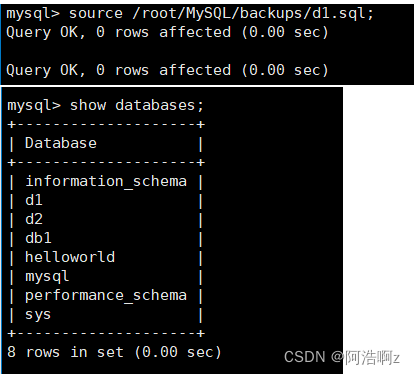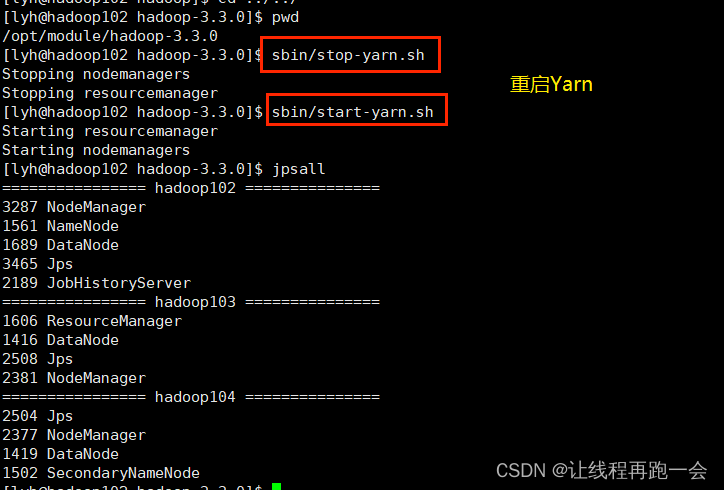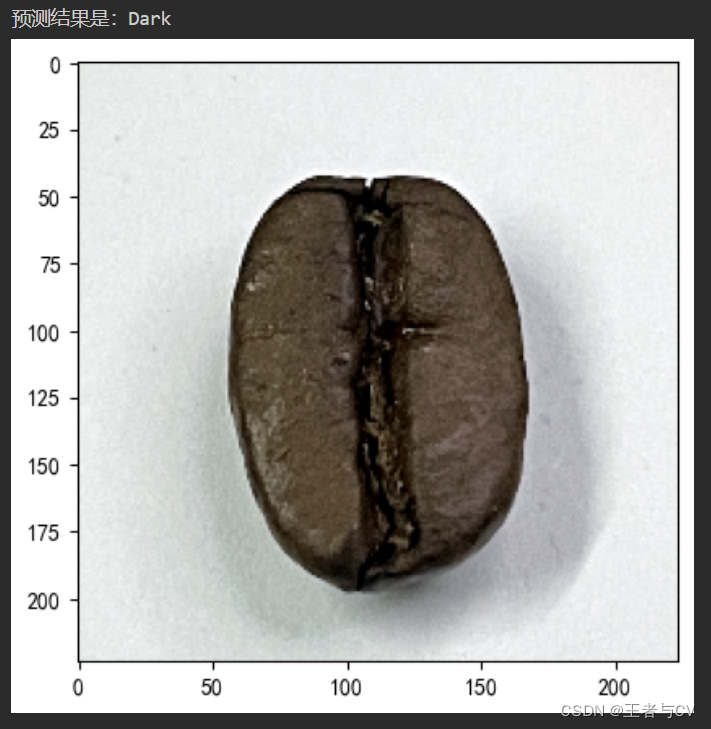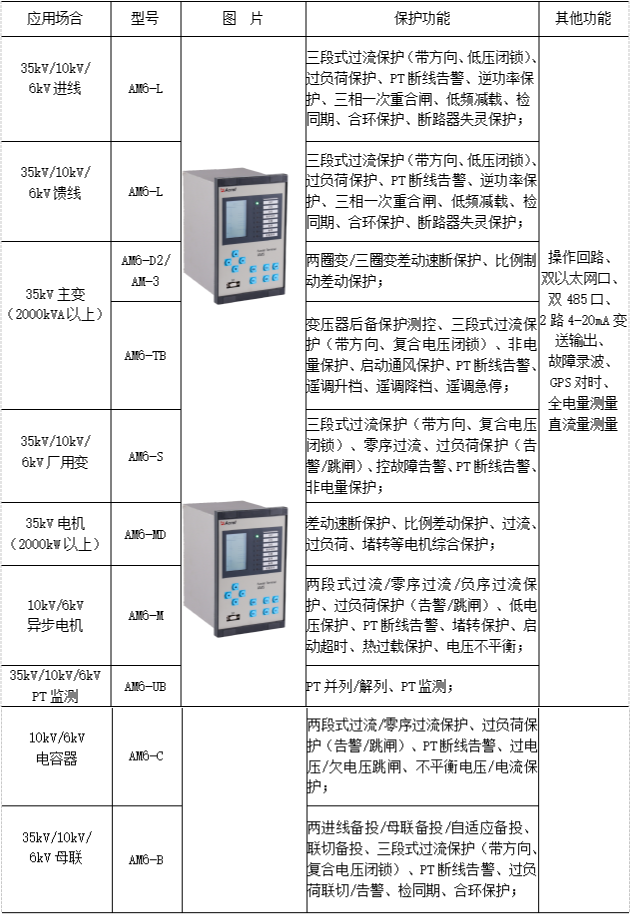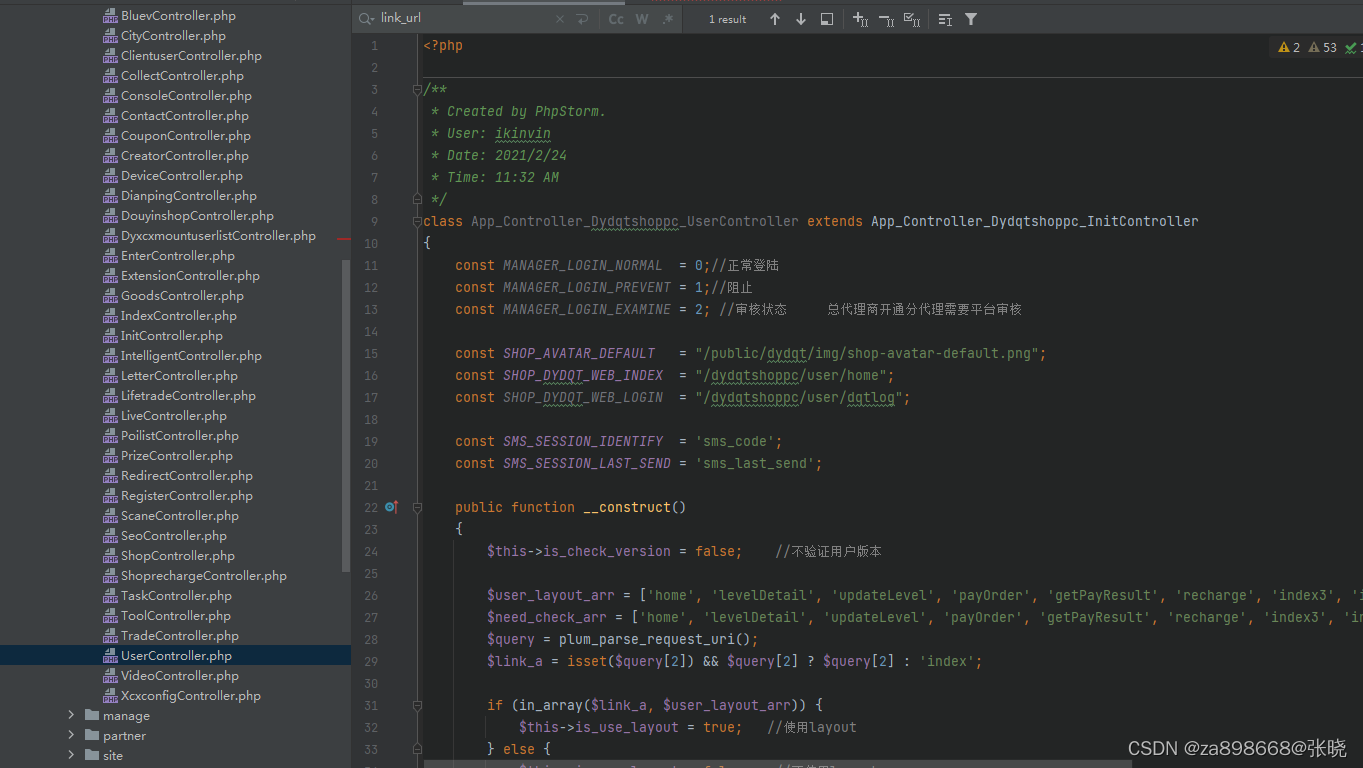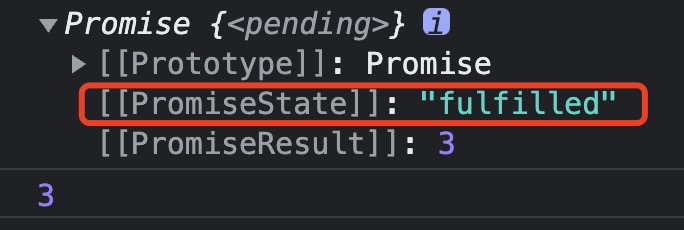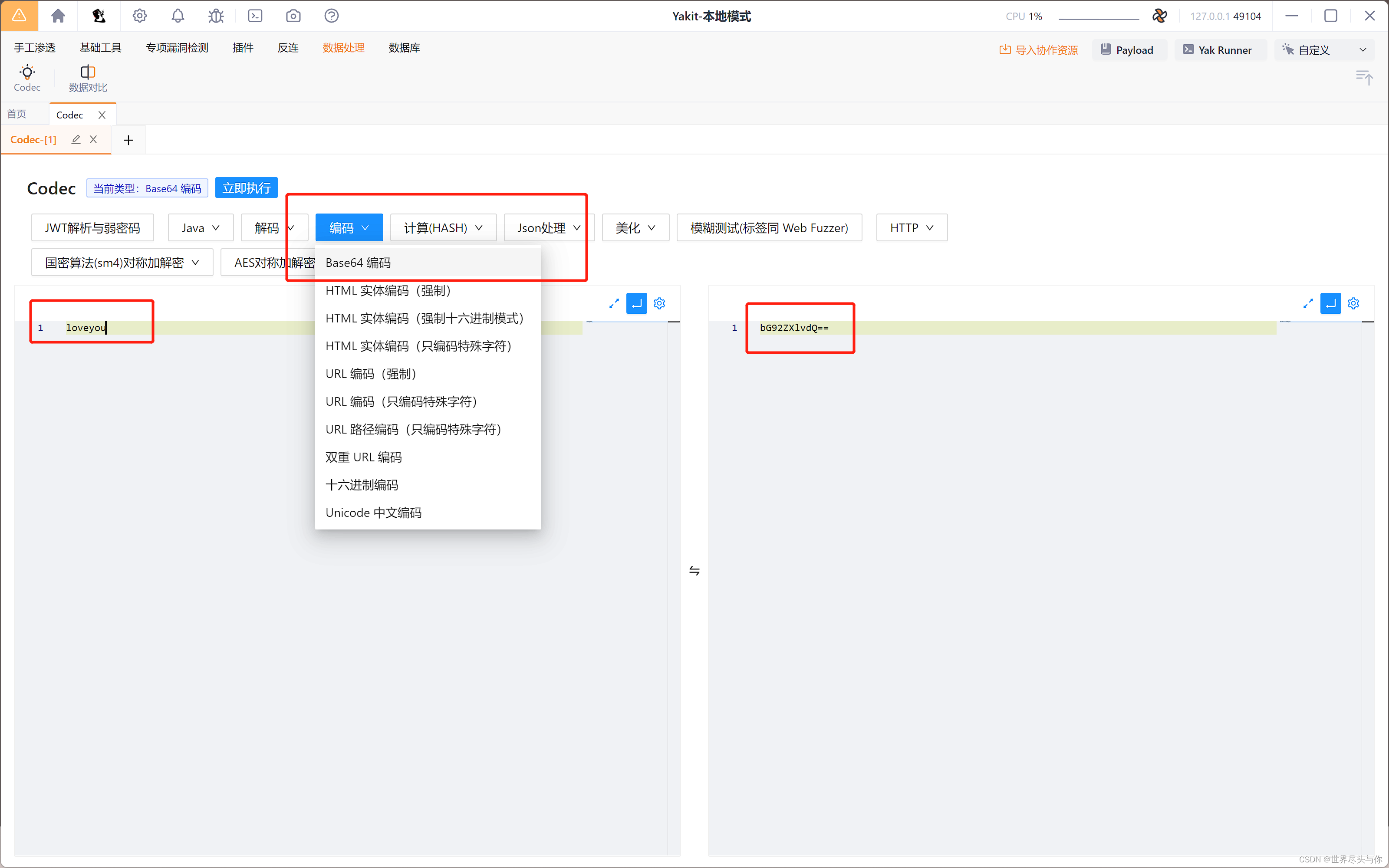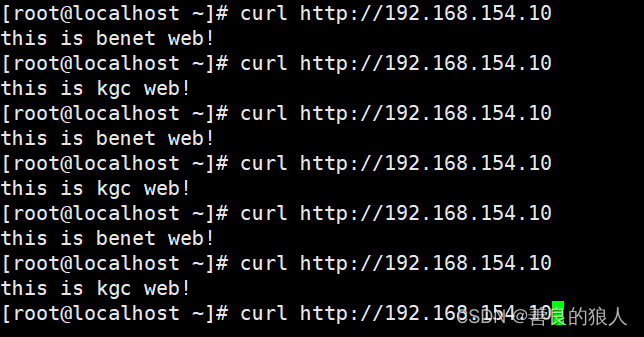x.1 Linear Regression Theory
x.1.1 Model
线性回归的模型如下:

我们给定d个特征值 x 1 , x 2 , . . . , x d x_1, x_2, ..., x_d x1,x2,...,xd,最终产生输出yhat,我们产生的yhat要尽量拟合原来的值y,在这一拟合过程中我们通过不断修改 w 1 , . . . , w d 和 b w_1, ..., w_d和b w1,...,wd和b来实现。
x.1.2 Stategy or Loss
如何评价这个拟合好不好呢,我们的loss/strategy选择为MSE,对于单个点的损失如下:


将全部的点都添加至损失,得到,

最终我们需要做的就是最小化Loss,如下:

x.1.3 Algorithm
我们使用什么algorithm/optimizer来最小化loss呢?这里采用了Minibatch Stochastic Gradient Descent,mini-batch SGD也是深度学习中最常用的方法。

x.1.4 Nerual Network
线性回归的过程类似于神经元的表达,多个输入产生一个输出,

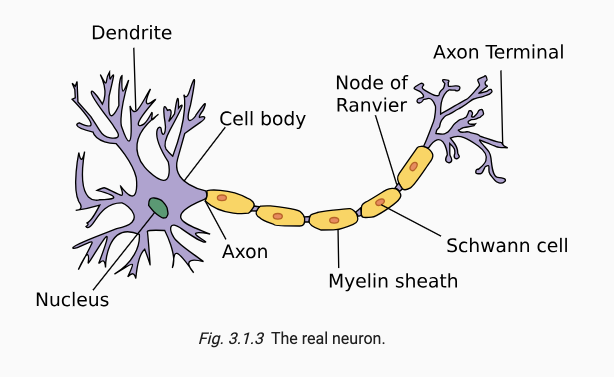
x.2 Experiments
x.2.1 手撕一个Linear Regression*
在下面的内容中,只使用了torch的自动微分来实现Linear Regression,值得反复推敲。
'''
手撕一个线性回归,包括:
1. 构造真实线性回归式子
2. 初始化权重
3. 生成一个迭代器每次取batch_size个数据
4. 构造model线性回归
5. 构造cost funtion-MSE
6. 构造optimizer-SGD
7. 开始每个epoch的训练, 注意梯度何时更新:
先loss(model(), y)计算loss来构造计算图; backward()计算梯度参数grad; param-=lr*grad更新梯度; param.zero_()梯度变零; 循环。
线性回归简洁表示:
这其实是一个feature=2, n=1000, label.shape=1的二元线性回归问题y = a * x_1 + b * x_2 + c: 用1000个样本(x_1, x_2)来拟合出a, b, c.
线性回归的简洁实现
'''
import random
import torch
# 生成n = 1000组数据, label 1维, features 2维; => weight [2, 1]
# 初始化 weight 和 bias 的初始值
def synthetic_data(w, b, num_examples):
"""⽣成y=Xw+b+噪声"""
X = torch.normal(0, 1, (num_examples, len(w)))
y = torch.matmul(X, w) + b
y += torch.normal(0, 0.01, y.shape)
return X, y.reshape((-1, 1))
true_w = torch.tensor([2, -3.4])
true_b = 4.2
features, labels = synthetic_data(true_w, true_b, 1000)
print('features:', features[0],'\nlabel:', labels[0])
# 手撕一个DataLoader
def data_iter(batch_size, features, labels):
num_examples = len(features)
indices = list(range(num_examples))
# 这些样本是随机读取的,没有特定的顺序
random.shuffle(indices)
for i in range(0, num_examples, batch_size):
batch_indices = torch.tensor(
indices[i: min(i + batch_size, num_examples)])
yield features[batch_indices], labels[batch_indices]
# 让我们尝试使用iter取batch_size个data
batch_size = 10
for X, y in data_iter(batch_size, features, labels):
print(X, '\n', y)
break
# 初始化权重,并使用`requires_grad=True`开启其自动微分
w = torch.normal(0, 0.01, size=(2,1), requires_grad=True)
b = torch.zeros(1, requires_grad=True)
# model
def linreg(X, w, b):
"""线性回归模型"""
# return torch.matmul(X, w) + b
return X.mm(w) + b
# cost function
def squared_loss(y_hat, y):
"""MSE"""
return (y_hat - y.reshape(y_hat.shape)) ** 2 / 2
# optimizer to minimize cost function
def sgd(params, lr, batch_size):
"""mini batchsize SGD"""
with torch.no_grad():
for param in params:
param -= lr * param.grad / batch_size
param.grad.zero_()
# 设置超参数
lr = 0.03
num_epochs = 3
net = linreg
loss = squared_loss
# 开始训练
for epoch in range(num_epochs):
for X, y in data_iter(batch_size, features, labels):
l = loss(net(X, w, b), y) # X和y的⼩批量损失
# 因为l形状是(batch_size,1),⽽不是⼀个标量。l中的所有元素被加到⼀起,
# 并以此计算关于[w,b]的梯度
l.sum().backward()
sgd([w, b], lr, batch_size) # 使⽤参数的梯度更新参数
with torch.no_grad():
train_l = loss(net(features, w, b), labels)
print(f'epoch {epoch + 1}, loss {float(train_l.mean()):f}')
print(f'w的估计误差: {true_w - w.reshape(true_w.shape)}')
print(f'b的估计误差: {true_b - b}')
在这里补充一下with torch.no_grad(),这个函数用于在上下文中取消梯度更新。详见https://blog.csdn.net/qq_43369406/article/details/131115578
x.2.2 Concise Implementation of Linear Regression 简明实现
在model部分,由于Linear线性层由于经常需要使用到,故现代Pytorch已经将其封装为了一个API函数即torch.nn.LeazyLinear。这个API只关注输出的全连接层的结点个数。
在Loss部分,用torch.nn.MSELoss代替。
在Optimizer部分,用torch.optim.SGD代替。
import numpy as np
import torch
from torch import nn
from d2l import torch as d2l
"""
1. define model
"""
class LinearRegression(d2l.Module): #@save
"""The linear regression model implemented with high-level APIs."""
def __init__(self, lr):
super().__init__()
self.save_hyperparameters()
self.net = nn.LazyLinear(1) # The latter allows users to only specify the output dimension | Specifying input shapes is inconvenient
self.net.weight.data.normal_(0, 0.01)
self.net.bias.data.fill_(0)
# 使用bulit-in func `__call__` 实现forward
@d2l.add_to_class(LinearRegression) #@save
def forward(self, X):
return self.net(X)
"""
2. define loss
"""
@d2l.add_to_class(LinearRegression) #@save
def loss(self, y_hat, y):
fn = nn.MSELoss()
return fn(y_hat, y)
"""
3. define optimizer
"""
@d2l.add_to_class(LinearRegression) #@save
def configure_optimizers(self):
return torch.optim.SGD(self.parameters(), self.lr)
"""
4. training
"""
model = LinearRegression(lr=0.03)
data = d2l.SyntheticRegressionData(w=torch.tensor([2, -3.4]), b=4.2)
trainer = d2l.Trainer(max_epochs=3)
trainer.fit(model, data)
@d2l.add_to_class(LinearRegression) #@save
def get_w_b(self):
return (self.net.weight.data, self.net.bias.data)
w, b = model.get_w_b()
print(f'error in estimating w: {data.w - w.reshape(data.w.shape)}')
print(f'error in estimating b: {data.b - b}')
3.3 欠拟合过拟合
待学习
3.4 权重衰减
待学习
